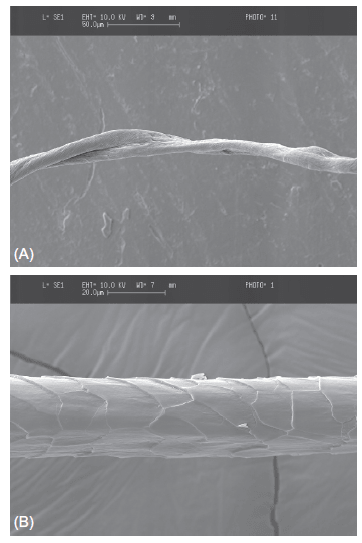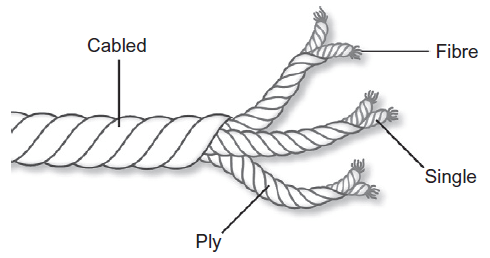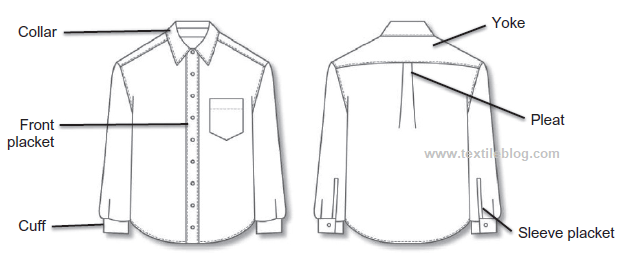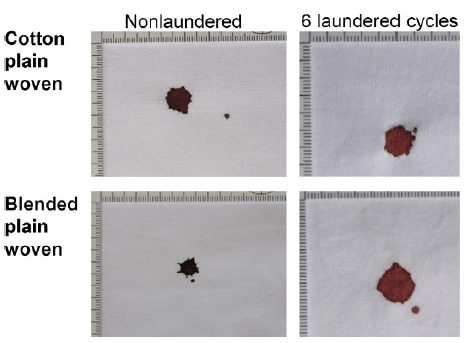Textile in Forensics:
Have you ever thought about how police find out murderer from fingerprint or find out if someone is victim of sexual harassment from victim’s cloth? These all is part of forensic science specially textile damage. Forensic science is a vast field and textile in forensics is a very important niche of it. In this field damage cloth or textile is thoroughly investigated to find out important clue and information. It is also important to understand if victim is hit by bullet, arrows, crossbow etc. In recent time acid attack is very high. By this technique investigator can find out what kind of corrosive substance is thrown on individual or on other substance. Technique are used to find out information are refractive indices, morphology, colour difference, polarized light microscopy, UV microspectrophotometry and infrared spectroscopy etc.
When textile examination is important in forensic:
There are various conditions when analysing textile in forensics is necessary to find out clue and information such as:
- Examine Animal fibre at crime scene.
- In hanging case fibre from victims’ neck is examined to see if it matches with the fibre of hanging material.
- Determine wither it is hair of fibre.
- Forensic examination of all type of textile fiber.
- Ascertain the origin of fibre from disputed wearing.
- Ascertain the percentage of wool from disputed blanket.
- Fibre analysis as trance evidence from crime scene like murder, rape, accident etc.
- Two pieces of textile are compared to find out common factor in them. etc.
Kind of textile used for forensic examination:
To find out information there are many things to analysis textile in forensics.
1. Fibre:
Fibre is defined as the raw material of textile. It is classified in two sections. Natural (wool fibre, cotton, silk etc) and manmade( nylon, polypropylene, polyester etc.)

2. Yarn:
For textile use fibres are usually converted into yarns before. Yarn are classified as simple, composite (blend), or complex (fancy). We can also describe yarn as single ply (folded yarn), cabled and three-ply yarn.

3. Fabrics:
Fabrics are made from yarn. In forensic science fabric of interest are woven fabric such as apparel fabric (such as trousers, shirts etc), home furnishings (carpets, blanket, bedding etc.), knitted fabrics etc.
4. Apparel:
Apparel is mainly the first product of fabrics. Apparel product includes personal outfit, clothing, garments, footwear, headwear etc.

5. Household textiles:
Household textile includes carpets, curtains, drapes, furniture, sheets, bedding etc.
6. Building materials:
These are mostly building insulator such as fibreglass batting or polyethylene house warp etc.
7. Outdoor:
These outdoor textiles are ropes, tarpaulin, cods etc.
8. Vehicle textile:
Vehicle textiles are seat belts, floor coverings, airbags, seat coverings.
9. Camping equipment:
Most of the things used in camping are made of specialised textile. Camping textiles are sleeping bags, tents etc.
10. Geotextiles:
These kinds of specialised textile are permeable to gas and water like waterproofing material used in building. Geotextiles are mostly made of manmade polymers.
Importance of analysing textile in forensic context:
Textile damage analysing is one of the most important parts of investigation. In many situations, textile analyses become so important to get idea about crime scene and other useful information. Few of them are-
1. Sharp impact damage:
In sharp impact damage on textile product investigator closely observe the morphology of fibre ends, location of severance, the extent, the location of distortion, the shape etc to determine weapon type, assailant characteristic, type and physics of attack etc.
2. Blunt impact damage:
BFI (blunt force impact) is that damage which is not done by sharp thing. If a textile exposed to BFI than it can provide useful information. BFI damage may not be visible to naked eye or low levels magnification, but it is visible to high level magnification. By this investigator can know if victim were grabbed, pulled or punched etc.
3. Blood stain on fabric:
In blood stain case the factors are identified are fabric type, different blend of fibre in the yarn, fabric structure, fabric surface roughness, compliance, thickness, absorbency, treatment applied on fabric etc. Blood stain fabric has a supporting role in legal evidence. Sometime bloodstain fabric is needed to resolve the manner of blood deposition (violent or innocent interaction).

4. Ripping and tearing fabric:
Textile evidence is useful for investigator because most of the time they are available for examination. Sometimes cuts and tears on outfit of unidentified body can provide enough evidence how victim led to death. The way a textile is ripped or teared depends on many factors. Understanding this factor can provide useful information. For example, tearing is more controlled action then ripping.
5. Sexual assault damage:
Sexual damage is typically blunt force damage where clothing is removed forcefully. Often victim fights and tries to keep on cloth which cause highly dynamic and complex damage pattern on clothing.
Conclusion:
In this world that you see is not always right. Any evidence can be manipulated by suspect including textile damage evidence. But textile damage is very important for investigation as most of the time they are available for analysis. By analysing they step by step and scientifically investigator can get useful and important information. So, no one can’t deny importance of textile in forensics.
References:
- Forensic Textile Science Edited by Debra Carr.
- Molly Rebecca Burnip “Forensic Characterization of Dyes from Synthetic Textile Fibers Exposed To Outdoor and Laundering Effects by Ultra-Performance Liquid Chromatography and Spectral Analysis” University of South Carolina, 2011
- https://www.dovepress.com/forensic-textile-damage-analysis-recent-advances-peer-reviewed-fulltext-article-RRFMS
- https://juniperpublishers.com/jfsci/pdf/JFSCI.MS.ID.555824.pdf
Author of this Article:
Md. Sadman Nafe
B.Sc. in Textile Engineering
Textile Engineering College, Noakhali.
Email: nafe2290@gmail.com
